Not only households, businesses also lose money
In the last days of 2023, the price of live pigs is still only at 48,000-52,000 VND/kg. At this price, Ms. Le Thi Van, the owner of a pig farm in Hung Yen, suffers a loss of about 500,000 VND when selling a pig. In the middle of last week, she sold a batch of 70 pigs, with an estimated loss of up to 35 million VND.
Looking back over the past year, Ms. Van cannot count the number of times she had to sell live pigs below production cost.
According to her, since the beginning of the year, the price of animal feed has remained high despite several downward adjustments, while the profit margin has always been low. There was even a time when she only sold pigs for 46,000 VND/kg, suffering a heavy loss of nearly 1 million VND/pig.
Not only Ms. Van, tens of thousands of pig farms and households in our country are in the same situation.
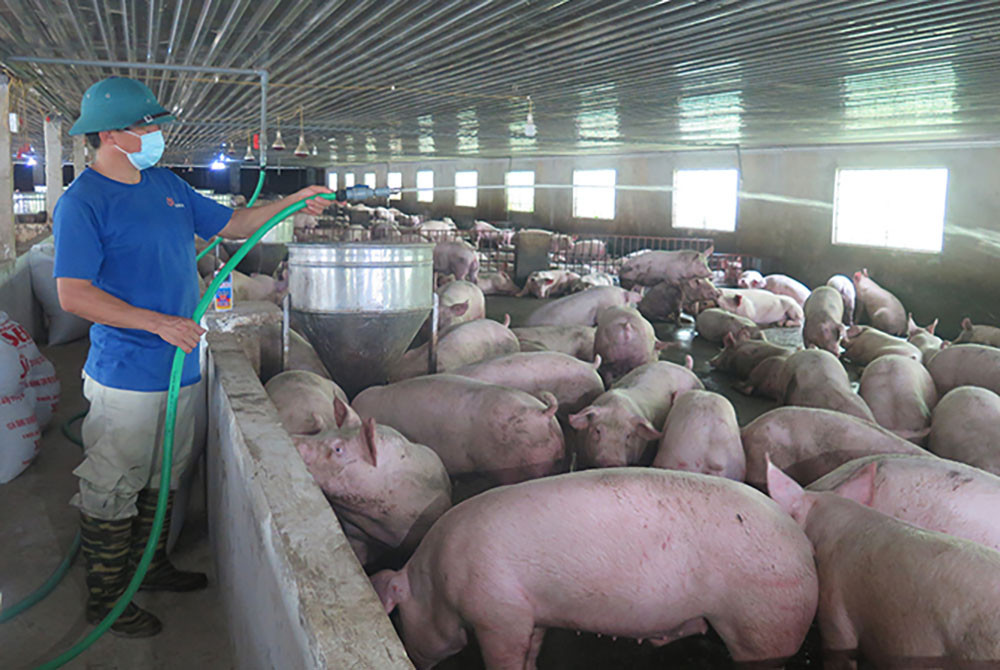
Mr. Do Xuan Huy, Deputy General Director of CP Vietnam Livestock Company, said that the current selling price of live pigs is low, averaging 49,000 VND/kg. Therefore, not only livestock households but also businesses are suffering losses.
Deputy Minister of Agriculture and Rural Development Phung Duc Tien informed that our country slaughters about 49-51 million pigs a year. The scale of the livestock industry is extremely important when millions of farming households are involved in this field. However, in recent years, livestock farming has suffered serious losses, leading to bankruptcy. Livestock farming "eats" everything into the land book, "eats" everything into the car.
According to the report on the assessment of the implementation results of the 2023 tasks of the Department of Livestock Production (Ministry of Agriculture and Rural Development), the total pig herd of the whole country is estimated at 30.3 million, an increase of 4.2% over the same period in 2022; pork output reached 4.68 million tons.
However, pork prices are unstable. Compared to 2022, the price of live pigs for slaughter in 2023 is always lower. Since the first week of December, the average price of live pigs nationwide has been 48,000 VND/kg. Although the price of live pigs has increased slightly in the past two weeks, it is still 3,000 VND/kg lower than the same period last year.
Mr. Tong Xuan Chinh, Deputy Director of the Department of Animal Husbandry, admitted that the price of live pigs on the market is lower than the production cost.
"According to estimates, on a farm scale, the cost of raising livestock is about 55,000 VND/kg or more, while for household farming it is about 60,000 VND/kg. With the above selling price of live pigs, farmers have almost no profit, even incur losses," he said.
At the 2023 Work Summary Conference in mid-December, Mr. Chinh frankly said: "This year, there is probably no business or pig farmer who dares to affirm that I am profitable."
The reason why the price of live pigs has recently decreased to the same level or below the production cost is clearly stated by the Department of Livestock Production as weak market consumption; increased domestic meat supply; and complicated developments of African swine fever, causing many households to sell off their herds, directly affecting the price of this commodity.
In addition, the amount of imported pork will increase continuously in the second half of 2023; the smuggling of live pigs and pork products will continue... putting pressure on domestically produced pork due to competition with cheap products.
Dependence on imported feed ingredients pushes up production costs, while the price of live pigs for slaughter decreases, causing farmers to suffer losses.
FDI enterprises must export
In recent years, pig farming has faced many difficulties, so the structure of pork supply in the market has also changed. Statistics from the Department of Animal Husbandry show that domestic enterprises only account for 19% of the pork supply structure in 2022, livestock households account for 38%, and FDI enterprises account for 43%.
According to the Livestock Development Strategy to 2030, Vietnam strives to have a permanent pig herd of 30 million, exporting 15-20% of pork output... The Department of Livestock proposed a series of solutions such as: promoting biosafety pig farming; continuing to control diseases; building a linkage chain; effectively managing pig breeds; developing indigenous and endemic breeds; controlling the environment; applying high technologies... towards export.
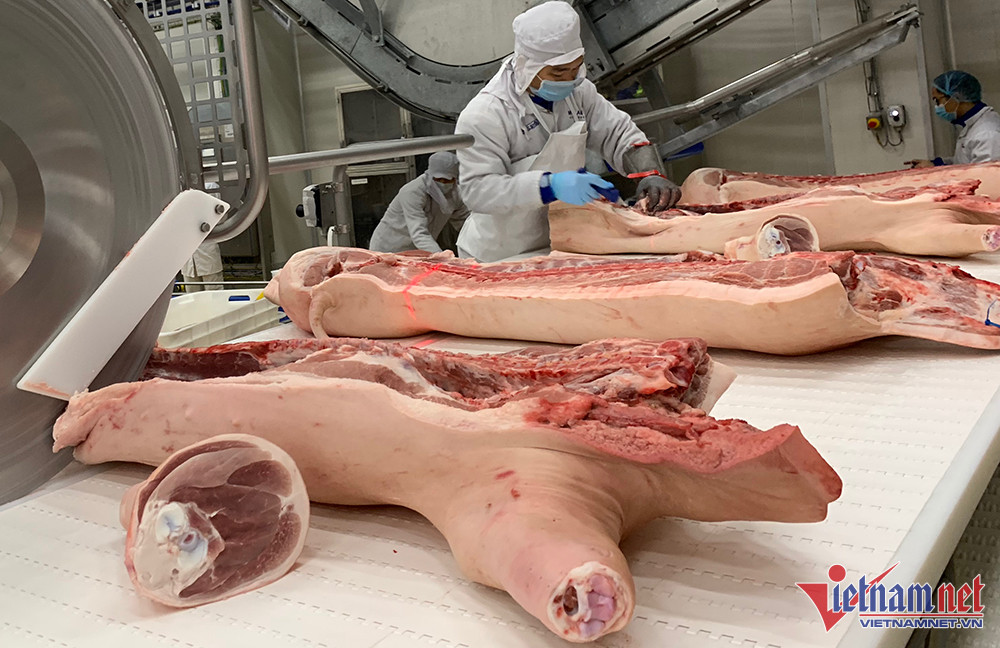
Discussing solutions for sustainable livestock development, Deputy Minister Phung Duc Tien said that businesses must change their thinking, their way of thinking and their way of doing things. According to him, businesses that only stop at pork, do not make chilled meat, do not process deeply, do not make sausages... Every day, they only think about boiled meat, braised pork and other dishes, so they cannot eat them all.
Referring to the low price of livestock products, Deputy Minister Phung Duc Tien once again emphasized that the potential advantages of the livestock industry are still very large. FDI enterprises have invested about 3.7 billion USD in our country's livestock industry, so they must focus on making export products.
"Don't think that investment is only aimed at the domestic market of 100 million people. FDI enterprises must make goods for export," he pointed out.
Deputy Minister Tien said that the export value of livestock products this year reached over 500 million USD. Recently, the Ministry of Agriculture and Rural Development also signed with Guangxi Province (China) a protocol on animal export and the construction of disease-free zones on both sides of the border to increase the export of animals and animal products.
This is an opportunity to expand export targets and increase exports to the Chinese market in the coming time, Mr. Tien said.
Many livestock farmers do not know there is a vaccine for African swine fever. The livestock industry is still heavily affected by African swine fever, which causes 100% mortality in infected pigs. Mr. Nguyen Van Long, Director of the Department of Animal Health, said that Vietnam has successfully produced an African swine fever vaccine and is commercializing it. To date, about 600,000 doses of the vaccine have been used on pigs, with an efficiency of over 90%. However, he admitted that the African swine fever vaccine has not yet been widely used. During inspections of disease prevention and control at the facility, people and veterinary staff reported that they “did not know there was a vaccine”, or “thought it was still in the research and evaluation process”. Those who knew were still hesitant and worried because the vaccine had only been put into use since July 2023. To overcome this, the Department of Animal Health has directed two vaccine suppliers to increase information and propaganda about the product. When the vaccine is widely used, it will effectively control the epidemic, develop sustainable livestock farming, ensure food supply, and promote exports. |
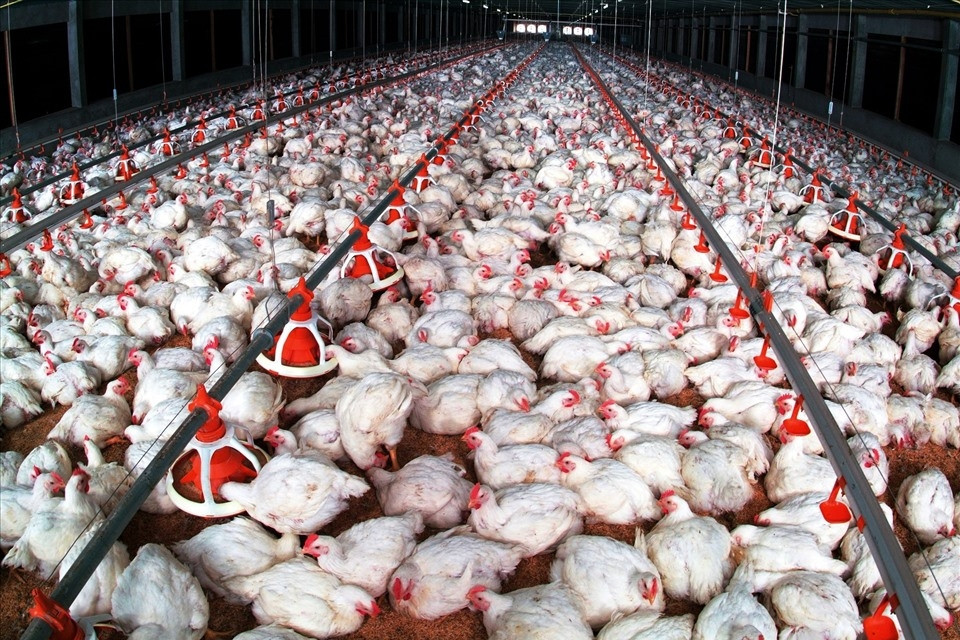
Source












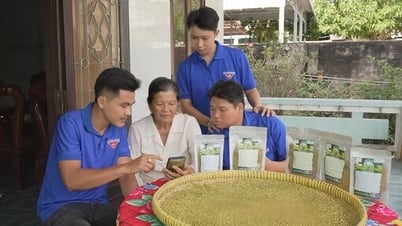

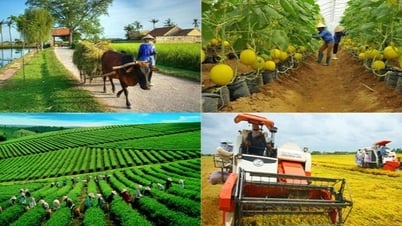

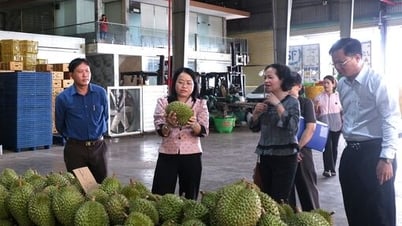

























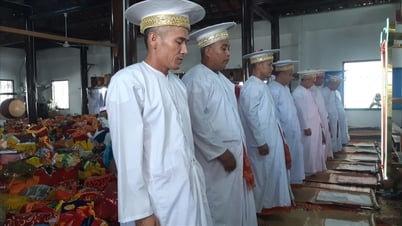









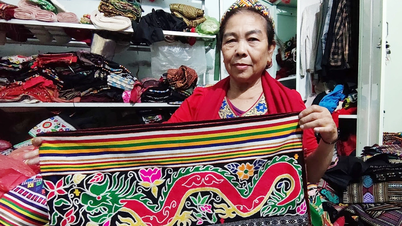

































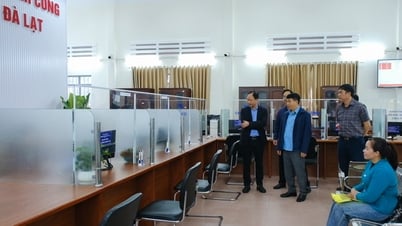






















Comment (0)